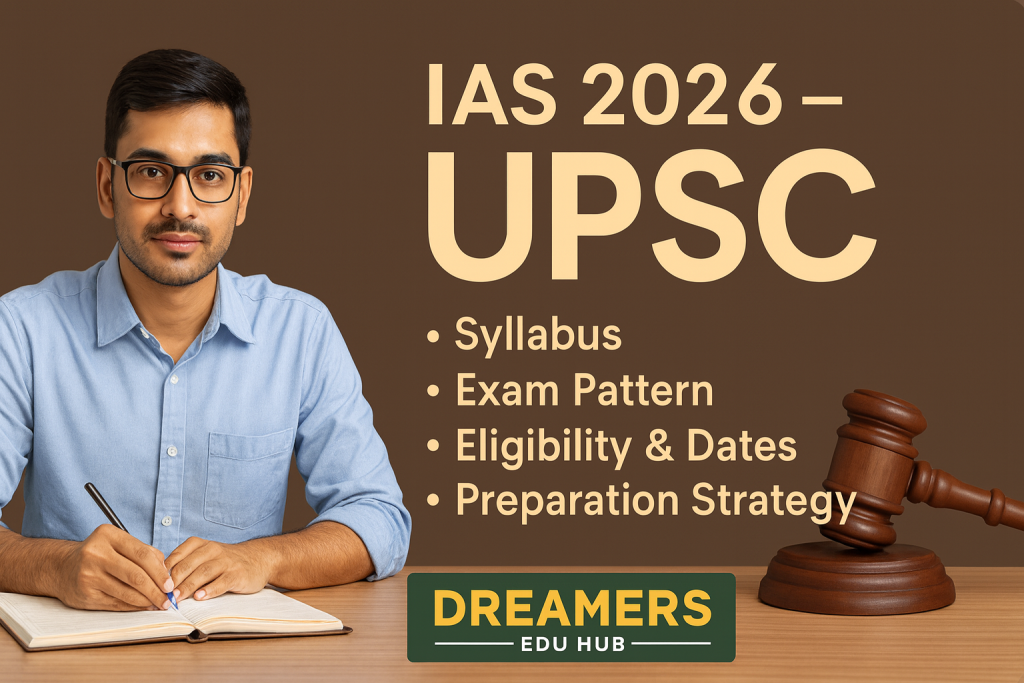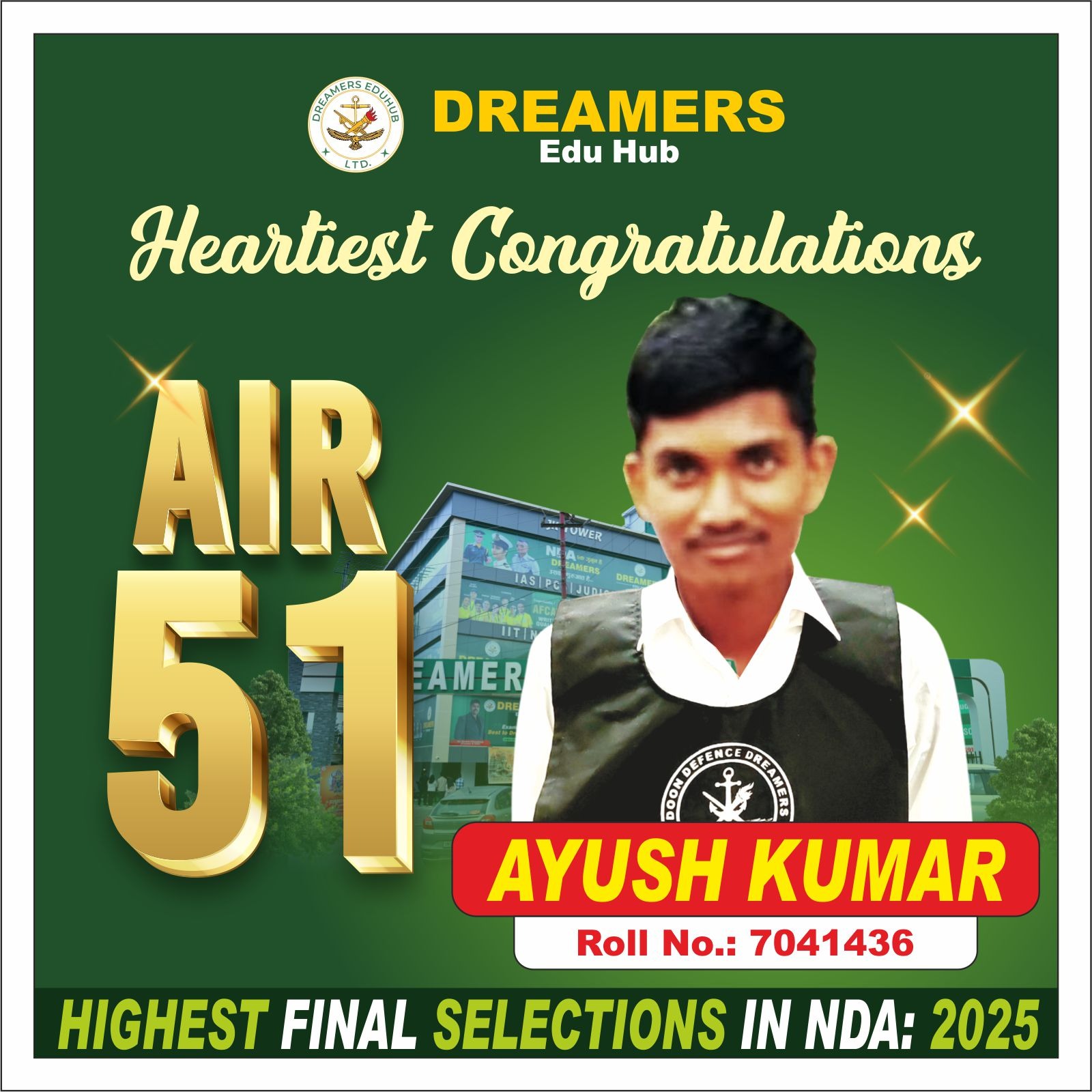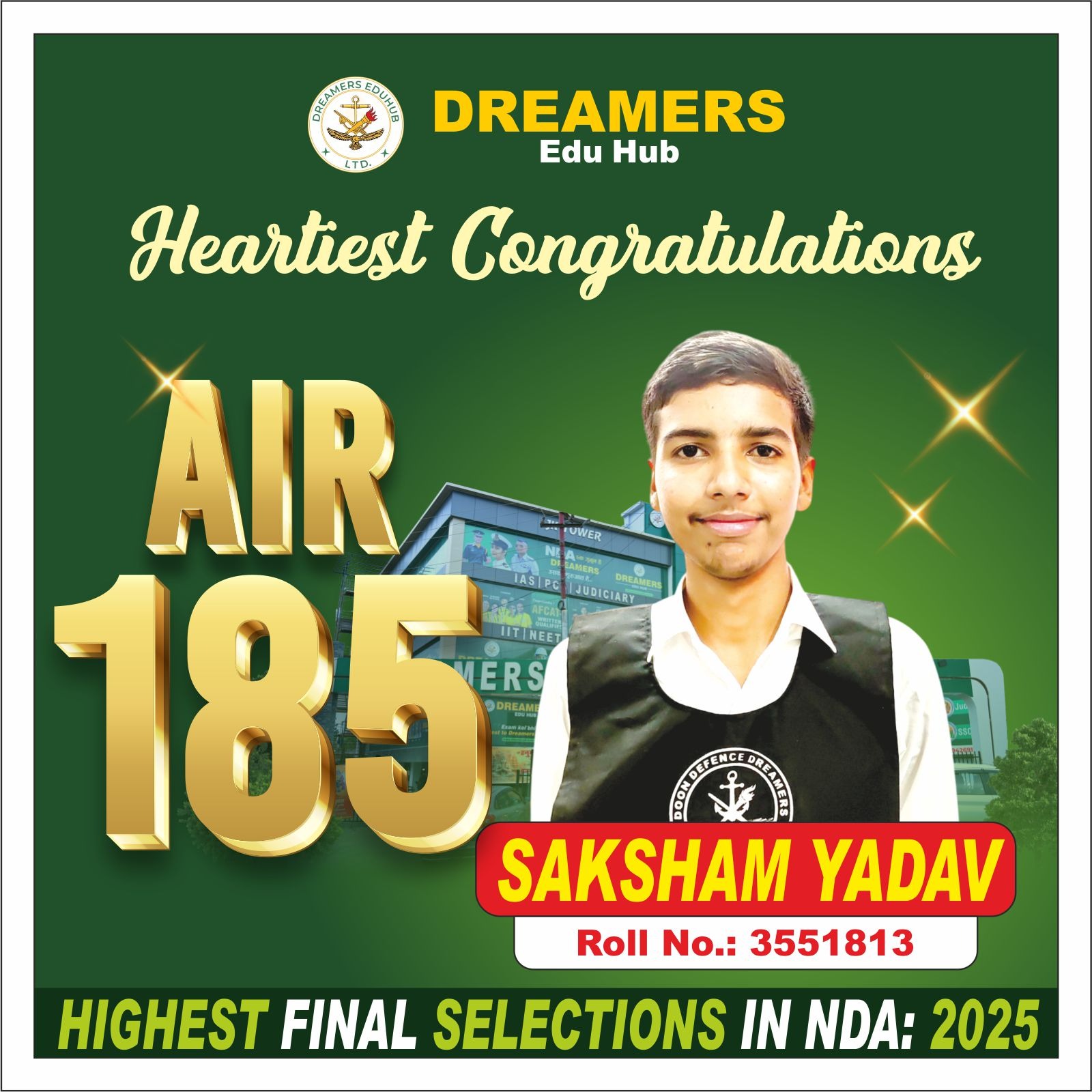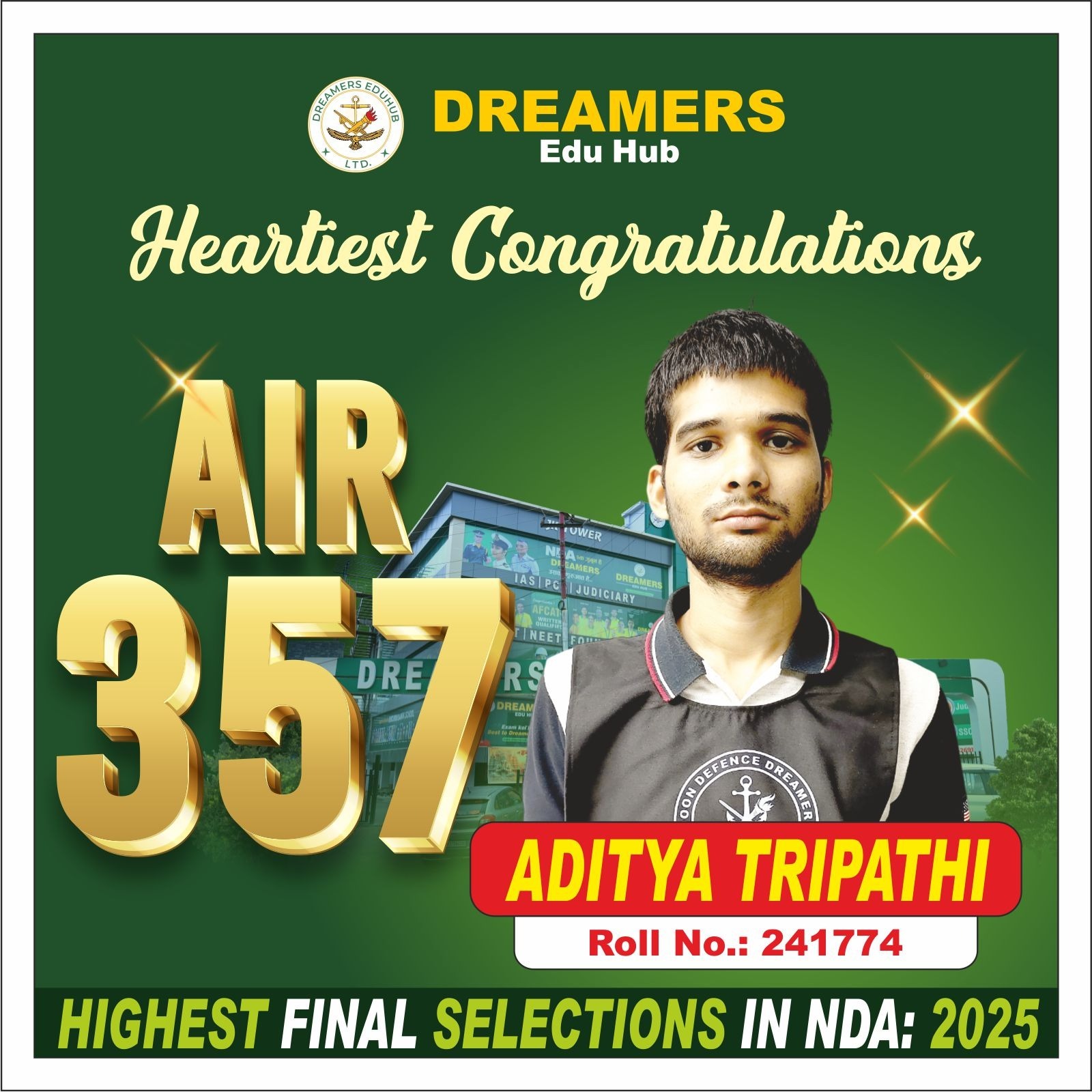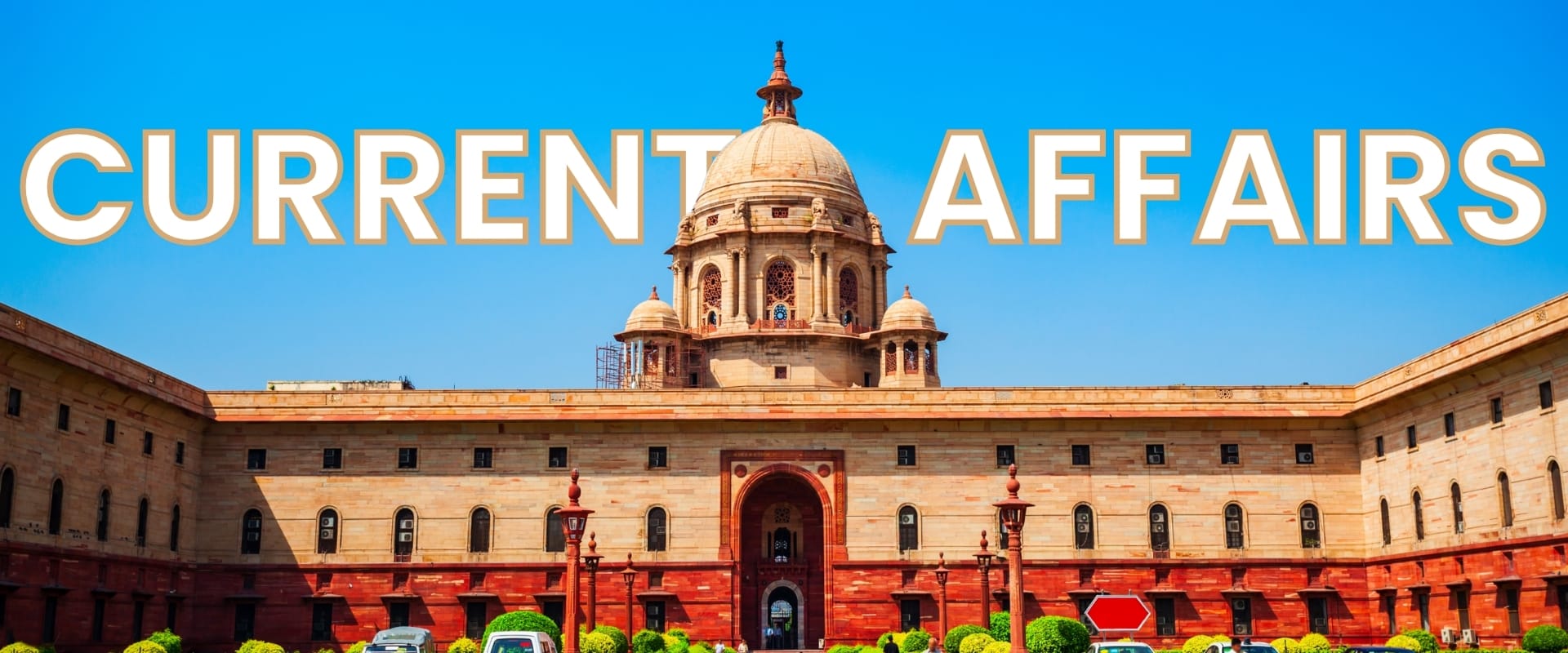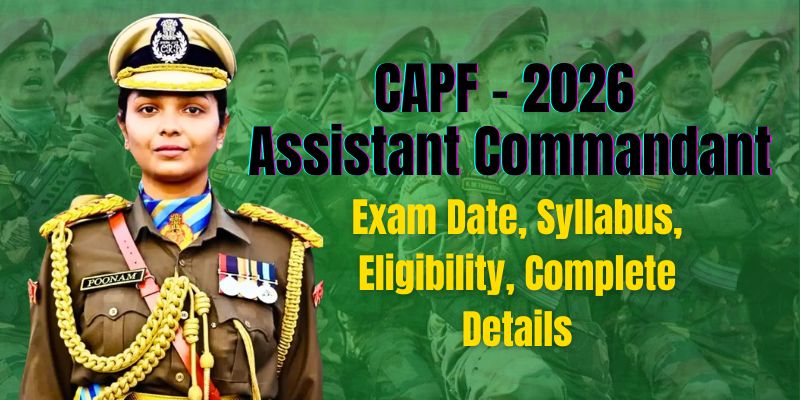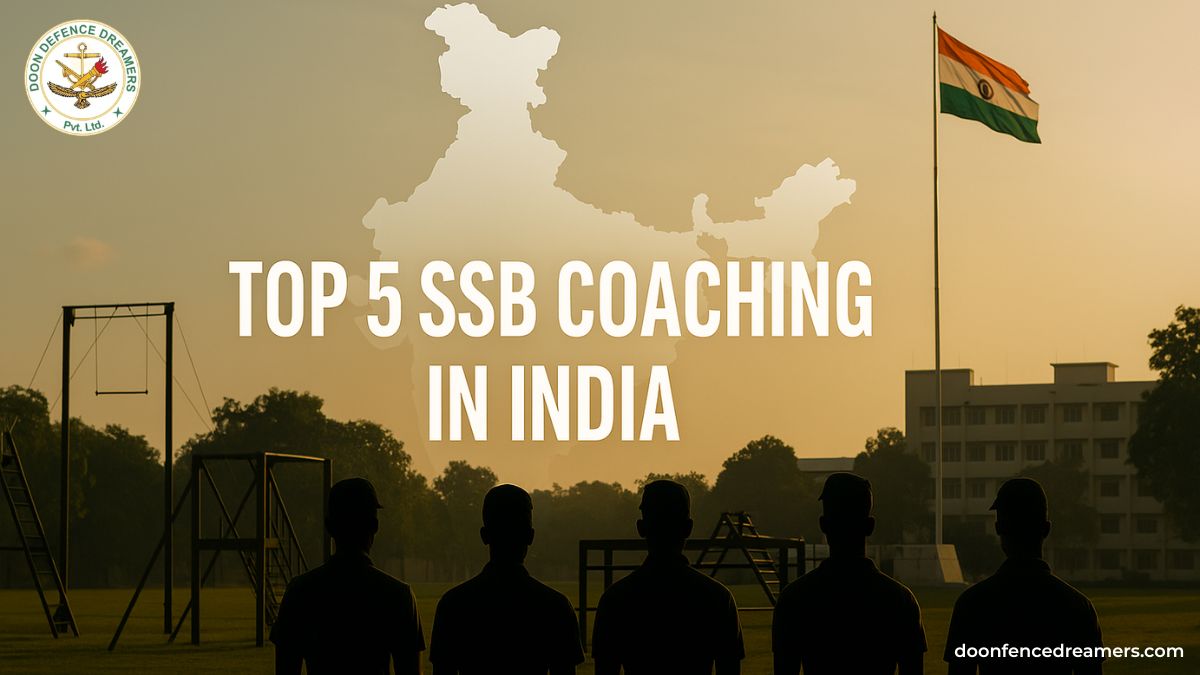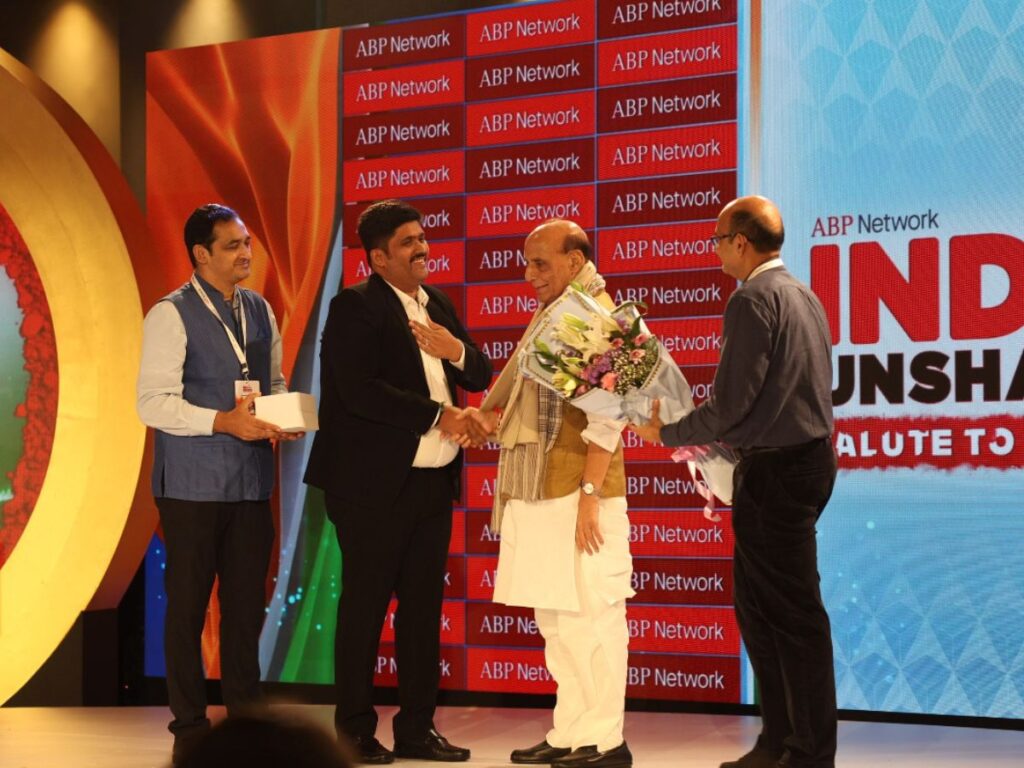If you are planning for IAS 2026, this all-in-one guide gives you every important detail in simple language. It covers eligibility, age limits and relaxations, number of attempts, reservation rules, exam pattern for Prelims and Mains, the interview stage, the complete syllabus overview, and a realistic preparation plan. The goal is to help you start strong, stay consistent, and walk into the exam with clarity for UPSC CSE 2026.
What is the exam?
IAS 2026 refers to the Civil Services Examination used to recruit for services such as IAS, IPS, IFS, IRS and other Group A and Group B posts for UPSC CSE 2026. The selection happens in three stages: Preliminary Examination, Main Examination, and Personality Test. The Preliminary stage is an objective test that screens candidates. The Main stage is descriptive and checks depth, structure, and expression. The Personality Test (interview) evaluates awareness, judgment, ethics, and communication for UPSC CSE 2026.
Quick facts at a glance
Conducted once a year for IAS 2026 for UPSC CSE 2026.
Three stages: Prelims, Mains, Interview for UPSC CSE 2026.
Prelims has two papers: GS-I for merit and CSAT for qualifying for UPSC CSE 2026.
Mains has nine papers (two qualifying language papers, four General Studies papers, one Essay, and two papers for an optional subject).
Final merit = Mains written score + Interview score.
Key dates
For smooth planning for IAS 2026, use the following window as a working calendar until the official notice is out for UPSC CSE 2026:
Notification: mid-January 2026.
Application window: around three weeks after notification.
Prelims: late May 2026 (usually on a Sunday).
Mains (written): late August to September 2026.
Always cross-check the official calendar when released, but keep your study plan aligned to these months so that your momentum is never dependent on date changes for UPSC CSE 2026.
Eligibility
Nationality
For IAS/IPS: citizen of India.
For other services: citizen of India or other categories permitted by the Government of India (such as subjects of Nepal/Bhutan, Tibetan refugees who came before the specified cut-off date, and certain Persons of Indian Origin). Keep your documents in order well before IAS 2026 to avoid last-minute stress for UPSC CSE 2026.
Education
A graduate degree from a recognised university. Final-year students can usually apply provided they can produce proof before the interview stage of IAS 2026.
Age limit and relaxations
Basic age band: 21 to 32 years as of the reference date defined in the annual notice for UPSC CSE 2026.
Common relaxations: up to 5 years for SC/ST, up to 3 years for OBC (non-creamy layer), and up to 10 years for eligible PwBD categories. Defence and ex-servicemen categories may receive additional relaxations as per rules of IAS 2026.
Number of attempts
General/EWS: 6 attempts
OBC: 9 attempts
SC/ST: unlimited attempts within the permitted age
PwBD: as per category rules
Each appearance in either paper of the Preliminary Examination counts as an attempt for IAS 2026.
Exam pattern
Prelims
Paper I (GS-I): 200 marks, 2 hours, objective, counts for cut-off in IAS 2026.
Paper II (CSAT): 200 marks, 2 hours, objective, qualifying at 33% for UPSC CSE 2026.
Negative marking: One-third of the question’s marks for each wrong answer in both papers.
Focus on accuracy. Smart elimination and disciplined marking save attempts in IAS 2026.
Mains
Nine papers; seven count toward the final merit list for IAS 2026, and two are qualifying:
Essay – 250 marks
General Studies I – 250 marks (History, Culture, Society, World & Indian Geography)
General Studies II – 250 marks (Constitution, Polity, Governance, Social Justice, International Relations)
General Studies III – 250 marks (Economy, Agriculture, S&T, Environment, Disaster Management, Security)
General Studies IV – 250 marks (Ethics, Integrity, Aptitude, Case Studies)
Optional Subject Paper I – 250 marks
Optional Subject Paper II – 250 marks
Indian Language (Qualifying) – 300 marks
English (Qualifying) – 300 marks
Interview (Personality Test)
275 marks.
Assesses clarity of thought, honesty of purpose, balance, and public-service orientation for IAS 2026 and UPSC CSE 2026.
Syllabus overview
Prelims GS-I (merit)
Current events
Indian Polity and Governance
Economic and Social Development
History of India and Indian National Movement
Indian and World Geography
Environment, Ecology, Biodiversity, Climate change (general issues)
General Science
Keep a balanced mix of static and current affairs for IAS 2026.
Prelims CSAT (qualifying)
Reading comprehension and interpersonal skills
Logical reasoning and analytical ability
Decision-making and problem-solving
General mental ability
Basic numeracy and data interpretation (Class X level)
Treat CSAT as a real exam for IAS 2026, not as an afterthought for UPSC CSE 2026.
Mains detailed outline
Essay: practice both issue-based and philosophical themes with structured arguments tailored to IAS 2026.
GS I: Indian culture, modern Indian history, post-independence, world history, society (women, vulnerable sections), and geography.
GS II: Constitution, functions and responsibilities of organs of state, governance, transparency and accountability, e-governance, social sector, and international relations.
GS III: Inclusive growth, budgeting, agriculture and allied sectors, industrial growth, infrastructure, investment, science and technology, environment, disaster management, and internal security.
GS IV (Ethics): ethics and human interface, attitude, emotional intelligence, moral thinkers, public service values, probity in governance, and case studies.
Optional: choose one subject from the official list and cover its Paper I & II precisely for IAS 2026.
Handy tables
Age relaxation summary
| Category | Upper-age relaxation |
|---|---|
| SC/ST | +5 years |
| OBC (Non-Creamy Layer) | +3 years |
| PwBD (eligible categories) | up to +10 years |
| Defence services (specified conditions) | +3 years |
| Ex-Servicemen including ECOs/SSCOs (conditions apply) | up to +5 years |
Mains paper map
| Paper | Nature | Marks | Counts for merit in IAS 2026 |
|---|---|---|---|
| Essay | Descriptive | 250 | Yes |
| GS I | Descriptive | 250 | Yes |
| GS II | Descriptive | 250 | Yes |
| GS III | Descriptive | 250 | Yes |
| GS IV | Descriptive | 250 | Yes |
| Optional I | Descriptive | 250 | Yes |
| Optional II | Descriptive | 250 | Yes |
| Indian Language | Qualifying | 300 | No |
| English | Qualifying | 300 | No |
Preparation plan that works
This plan assumes you are beginning 8–10 months before the Prelims of IAS 2026 for UPSC CSE 2026.
Phase 1: Build foundations (8–10 weeks)
NCERTs for Polity, History, Geography, Science, and Economy.
A daily newspaper and a reliable monthly current affairs digest.
Make concise notes aligned with the IAS 2026 syllabus headings for UPSC CSE 2026.
Phase 2: Prelims drills (10–12 weeks)
Two full-length tests per week for GS-I; one test every two weeks for CSAT.
Maintain an error log and classify mistakes: concept gaps, guesswork, or haste.
Use targeted revision cycles and mini-quizzes tailored to IAS 2026.
Phase 3: Mains answer-writing (10–12 weeks)
8–10 questions per day across GS I–IV.
Weekly Essay practice and periodic peer review.
Integrate case studies and examples relevant to governance and development for IAS 2026.
Phase 4: Optional subject focus (continuous)
Choose based on interest, syllabus length, overlap with GS, and availability of guidance.
Build “10-page synoptic notes” for each paper for quick revision before IAS 2026.
Phase 5: Interview readiness (final lap)
Maintain a profile dossier: home state, education, work profile, hobbies, and service preferences.
Practice mock discussions that test balance and empathy aligned with IAS 2026 expectations.
Smart strategies
Syllabus-first reading: Always read with the official headings in mind; it prevents scope creep during IAS 2026 for UPSC CSE 2026.
Past papers: Start early; decode keywords such as “examine,” “critically analyse,” “discuss,” and frame answers accordingly.
Notes discipline: Keep them short; review weekly; plug gaps ruthlessly for IAS 2026.
CSAT seriousness: Build comprehension speed and basic numeracy stamina long before test day.
Map practice: For geography and current affairs, maintain a map log through the IAS 2026 cycle.
Ethics toolkit: Prepare examples, definitions, and quick frameworks (stakeholder mapping, 7-step ethical reasoning).
Health and routine: Protect sleep, exercise, and a realistic timetable so that IAS 2026 prep remains sustainable.
Do’s and Don’ts
Do
Keep a fixed study block every morning and evening for IAS 2026.
Revise every Sunday and convert notes into flash cards.
Track schemes, committees, indices, and place them in context.
Don’t
Chase every resource; pick one standard source per subject for IAS 2026.
Ignore writing practice; speed and structure decide scores.
Depend on last-minute cramming; distribute effort across the months.
Optional selection quick help
Scan the full syllabus and past 5–7 years of papers.
Check genuine interest and existing strengths.
Estimate material quality, community support, and test-series availability for IAS 2026.
Commit early and avoid switching late unless there is a very strong reason.
Final 60-day countdown
Two GS-I full tests per week and daily topic-wise mini-tests for IAS 2026.
CSAT practice on alternate days.
Close the loop on economics data points, major judgments, environment conventions, and governance case studies.
Build a “Rapid Revision” folder: 100 one-page sheets you can scan in the last fortnight of IAS 2026 for UPSC CSE 2026.
Join Doon Defence Dreamers – Start Strong for UPSC CSE 2026
If you want guided preparation for IAS 2026 with structured classes, test series, and doubt support, you can [Register at Doon Defence Dreamers] now. Their mentors focus on basics-to-advanced coverage for UPSC CSE 2026, plus current affairs, CSAT practice, and interview polishing. Join to get a clear study roadmap, disciplined weekly targets, and timely feedback—so you stay consistent and exam-ready.
Frequently asked questions
Is CSAT only qualifying?
Yes. You need 33% to qualify. Prelims cut-off depends only on GS-I in IAS 2026.
Do language papers affect the final merit?
No. They are qualifying, but you must pass them to stay in the race for IAS 2026.
How many candidates reach the interview?
Roughly about twice the number of vacancies make it to the interview for IAS 2026, after Mains evaluation.
What is the best time to start?
Now. A steady daily routine compounds quickly for IAS 2026.
Closing note
Your journey to IAS 2026 should be simple, consistent, and measurable. Follow the syllabus headings, practice continuously, keep your notes short, and protect your health. With clarity of process and discipline of execution, IAS 2026 becomes achievable for UPSC CSE 2026.
OUR LATEST BLOGS
Technical Graduate Course : TGC for Engineering Graduates 2025
SSB Batch for NDA 2 2025: Dates, Daily Routine & How to Join

